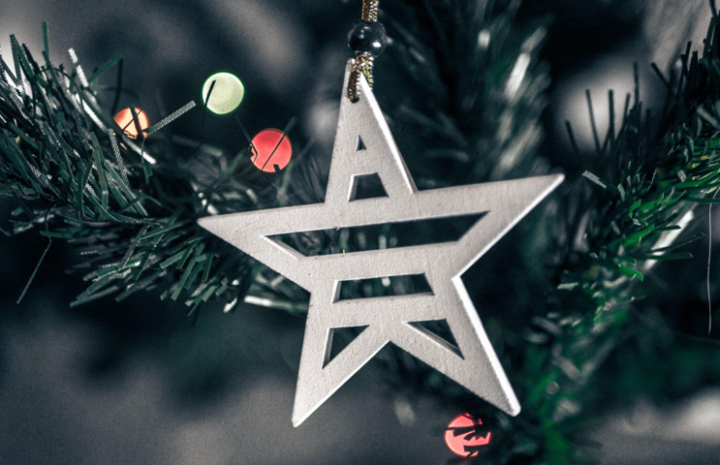The Origins of Christmas Lights
Back in the day, when candles were the only light source, people would decorate their Christmas trees with candles to create a magical and mesmerizing atmosphere. It is said that the first person to decorate a Christmas tree with lights was Martin Luther, the German Protestant reformer, who was inspired by the stars twinkling on a clear night sky.
Over time, electricity replaced candles, and Christmas lights evolved into the dazzling displays we see today. It wasn’t until the 18th century that Christmas lights became a status symbol among the wealthy, with King George III and Queen Charlotte famously adorning their Christmas trees with candles and glass ornaments.
The Significance of Christmas Lights
Beyond their aesthetic appeal, Christmas lights have taken on a deeper meaning over time. Today, they symbolize hope, love, and joy, representing the light of Christ and the promise of a better tomorrow.
For many, decorating their homes with Christmas lights has become a cherished holiday tradition, a way to create timeless moments with family and friends. From driving around to admire the colorful displays to sipping hot cocoa and admiring the twinkling lights on the tree, Christmas lights are essential to the holiday season.
In recent years, Christmas lights have also become associated with charitable efforts. Many communities and organizations organize light displays to raise funds for various causes, such as children’s hospitals or shelters for the homeless.
Conclusion:
From their origins as a symbol of wealth and power among royalty to their modern-day significance as a representation of hope and joy, the tale of Christmas lights is truly fascinating. Whether hanging lights on the tree or strolling through a winter wonderland, the timeless moments created by Christmas lights make the holiday season so special. So this year, take a moment to appreciate the warmth and beauty of these lights and remember the rich history and symbolism behind them.
